Much has been said about how you can optimize your content for search engines, but what most SEO experts fail to tell you is that the design and the layout that you use of your web pages has a great impact on the way your content ranks in search engine results.
Even if you make perfect use of all the other SEO factors, your content can rank poorly if you haven’t given much thought to the way it’s presented on your pages. To put it simply, bad web design makes for bad SEO.
To help you understand why web design is so crucial when it comes to SEO, think of this scenario. You go on Google and type your search term. You are looking for a product, a service, or even an answer to a question. You click on one of the results, and it takes you to a webpage. When you get to that page, everything seems so disorganized and unprofessional. The page has weird fonts that are hard to read, and the navigation is hardly intuitive.
Are you going to stick around to figure out how that website works, or will you go back to your search results page to find another site that is easier to use? If you are like most people, you will switch to a site with a better design rather than waste your time learning the intricacies of a poorly designed one.
If people keep leaving your website as soon as they get to it, this will tell search engines that your website is not really useful, and your pages will start ranking poorly. So, no matter how relevant your content is, or how well you have optimized the other aspects of SEO, web design can make or break your ranking.
So, how can you combine web design & SEO?
Well, here are a few design considerations that you should take into account if you want people to actually stick around and consume your content:

Table of Contents
Be Careful With Pop-ups
Pop-ups can be useful if you need people to subscribe to certain services or to buy certain products that you are offering, but you have to remember that your site visitors will only consider doing you a favor after they have gotten something of value from your website.
If you design pop-ups that show up before site visitors gain access to your content, they will find this annoying, and they may leave your site. If you must use pop-ups, make sure you do so sparingly.
Also, set your pop-ups to show up after visitors have been on your site for a while. This allows you to build a bit of trust, and your visitors won’t feel hustled if you ask them to take certain actions.
Avoid Adding Sources Of Loud Sounds To Your Pages
When someone visits your page, make sure that they are not startled with loud sounds. It is okay to add sound clips or video clips to your page, and it’s even okay to set videos to play automatically.
However, you should make sure that all sources of sound are muted, and the site visitor has the option of turning on the sound if they are interested. You never know where people will be when they are visiting your site.
Someone could be at work, in an open office, or in a public place, and if a sound clip starts playing out loud, they could close your page immediately to avoid disrupting others.
Make Sure All The Text Content Is Legible
The type, size, and color scheme of your font matters if you want to integrate web design & SEO. If your font is too small, people will find it hard to read your content.
If you select a font that is too stylish, the readability of your page will diminish considerably. If you use offensive color schemes on a site that is supposed to contain professional content, people won’t perceive you as authoritative, and they will leave your page.
You can make use of online Readability Tools to gauge the legibility of your text.
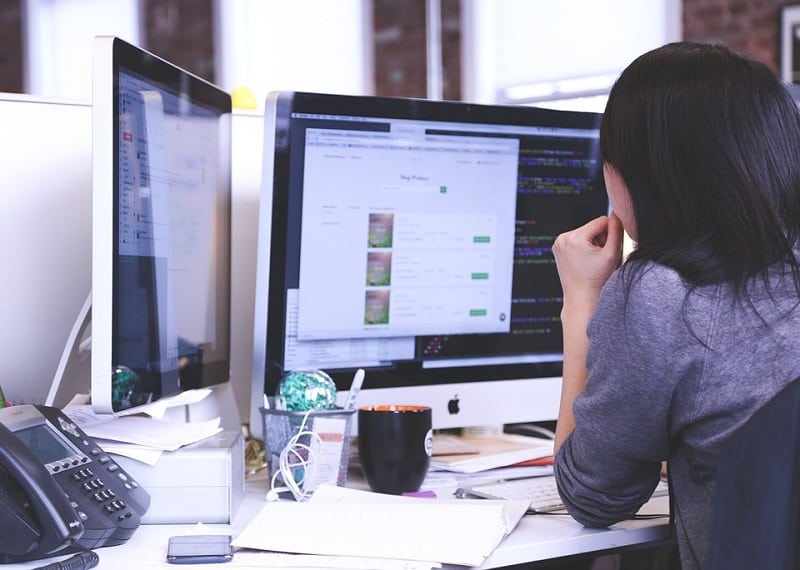
Avoid Using Large Media Files That Affect Loading Speed
You have to understand that not all your users have access to high-speed internet. A lot of people may be in remote areas, or they may be using metered internet connections, so if you put large media files on your page, it will load slowly.
Loading speed matters to users, and by extension to search engines. Most users expect pages to load in less than a couple of seconds, and if the pages don’t load that fast, they will leave. If search engines find out that your page loads slowly, they will demote it on their rankings, and this will affect your SEO.
Use A Great Layout That Is Intuitive
A good website layout is pivotal to both your web design & SEO. If you have a beautiful layout, your users will be engaged, and this will reduce the odds of them bouncing off your page and seeking information elsewhere.
A great layout is one that is easy to figure out, both for users and for search engine algorithms. If your page is optimized for certain keywords, make sure that the answers to questions related to those keywords are found close to the top of the page.
Avoid putting a large image at the top of your page because you want the introductory part of your article to be visible without scrolling. Don’t squeeze your text — space it out so that readers aren’t overwhelmed by the volume of your content. Make sure that navigation around your site is both simple and intuitive.
Make Sure Your Content Scales Properly And Looks Good On All Devices
Finally, you have to understand that people will be visiting your site from all sorts of devices, so you have to ensure that your site is designed to scale and fit on different screen sizes.
The people viewing your site on a smartphone should have an experience that is just as comfortable as those who are viewing your page on a desktop computer. If your pages don’t scale properly, you will lose a huge percentage of users because more than 60% of people use small devices to access the internet.
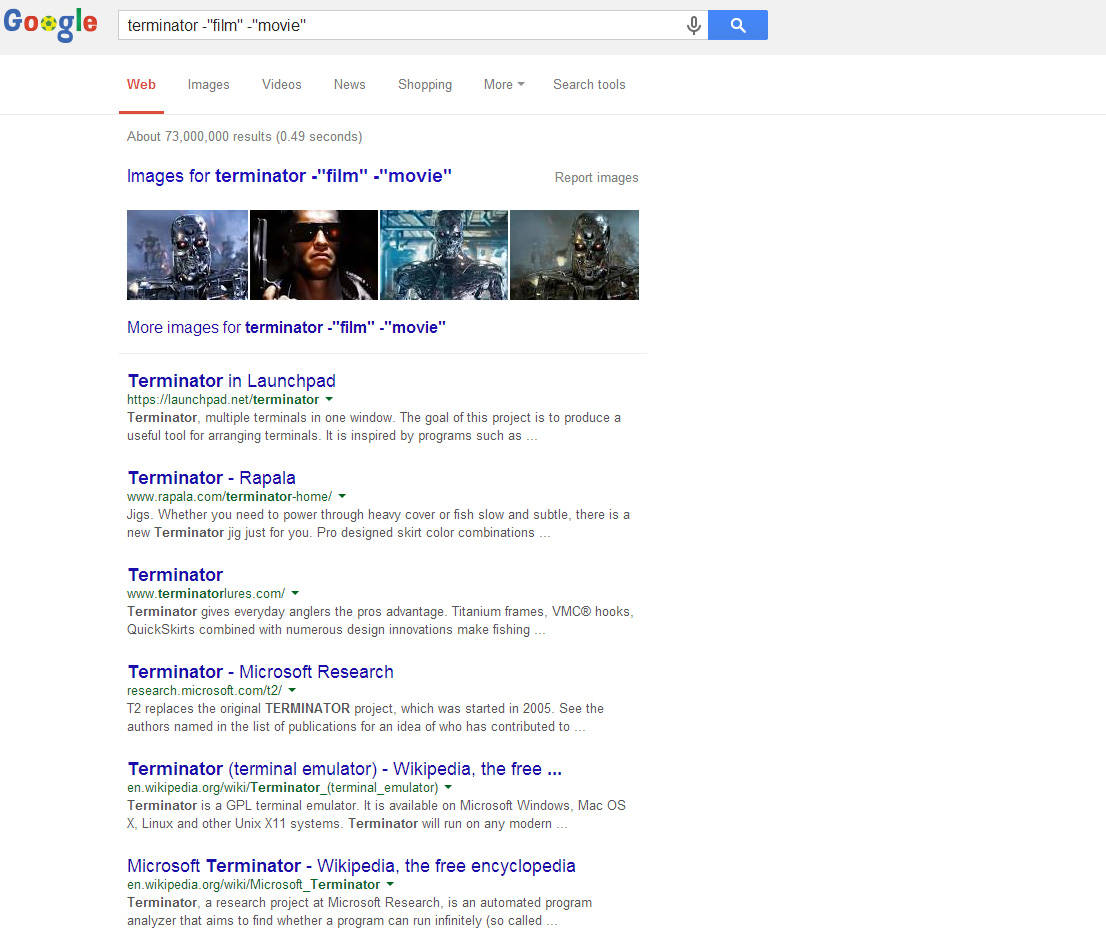
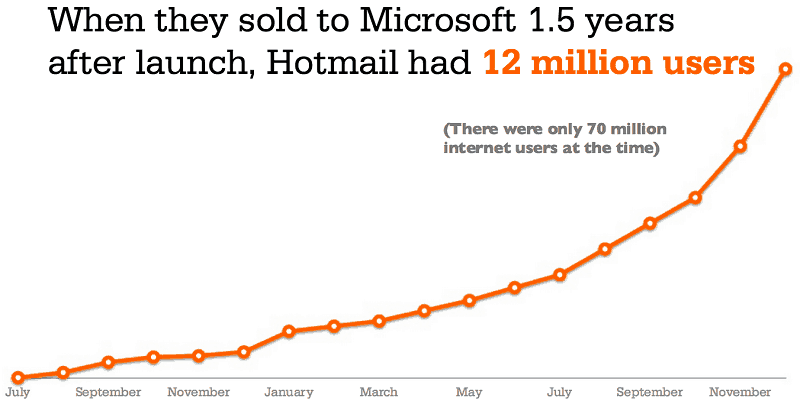
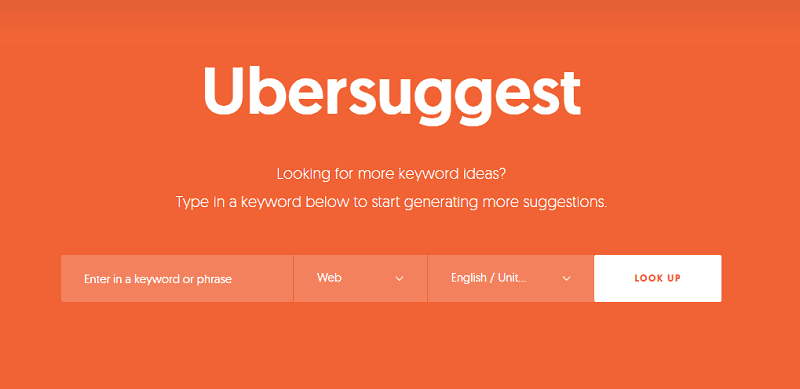

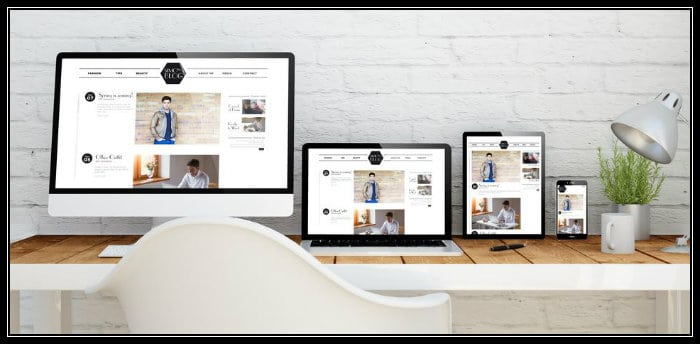
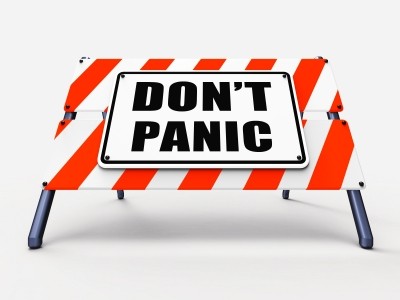
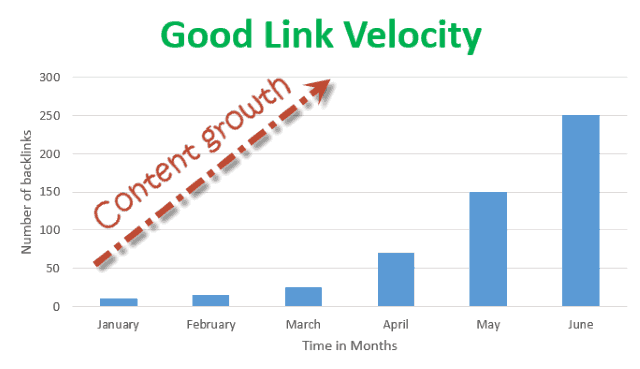
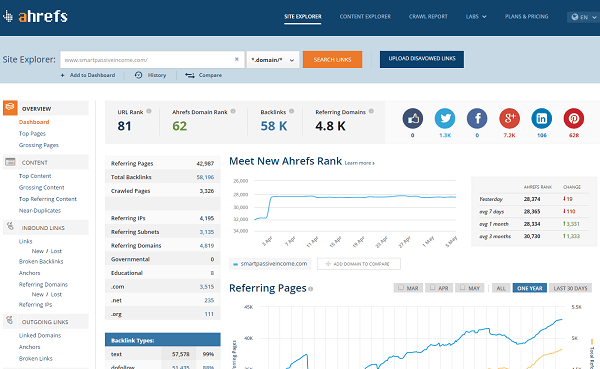
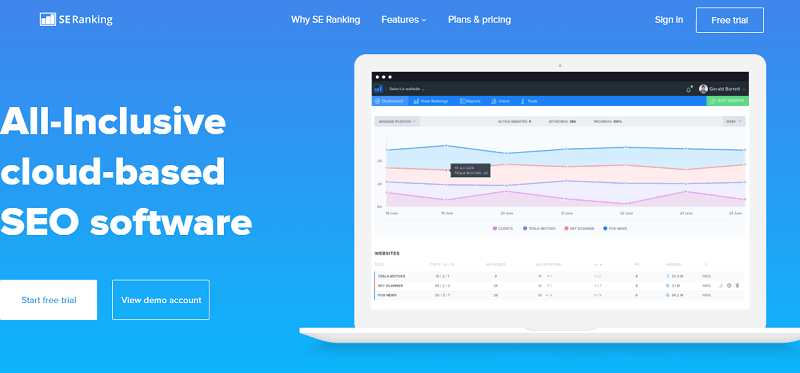



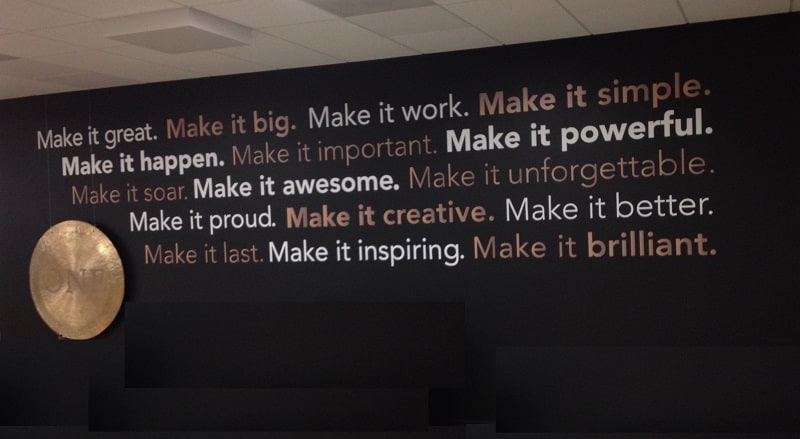



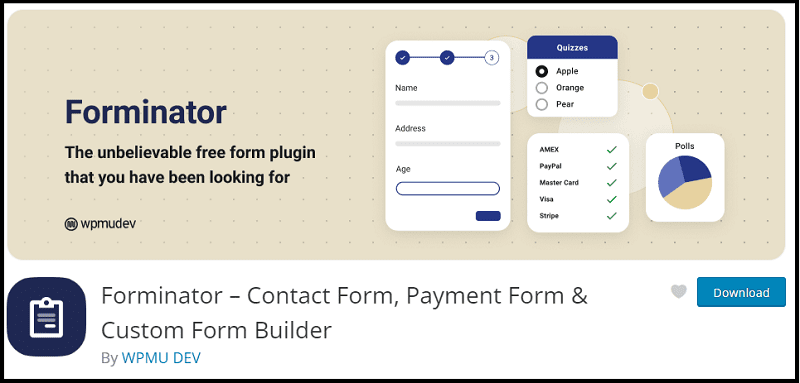

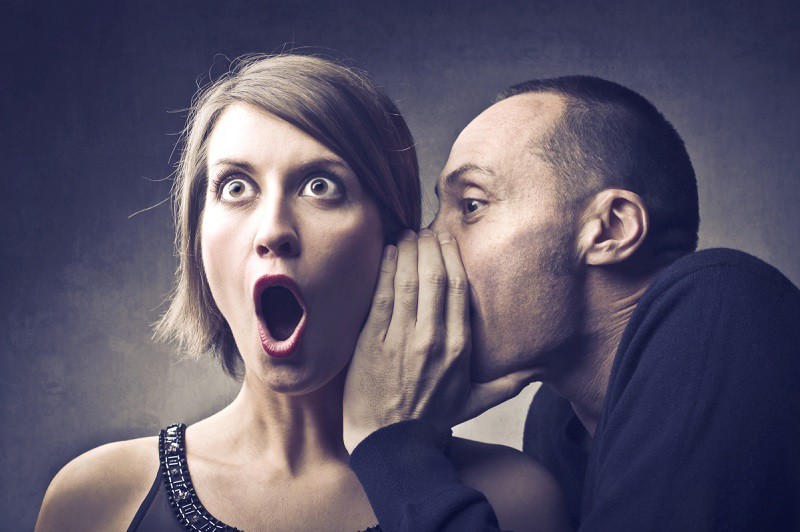
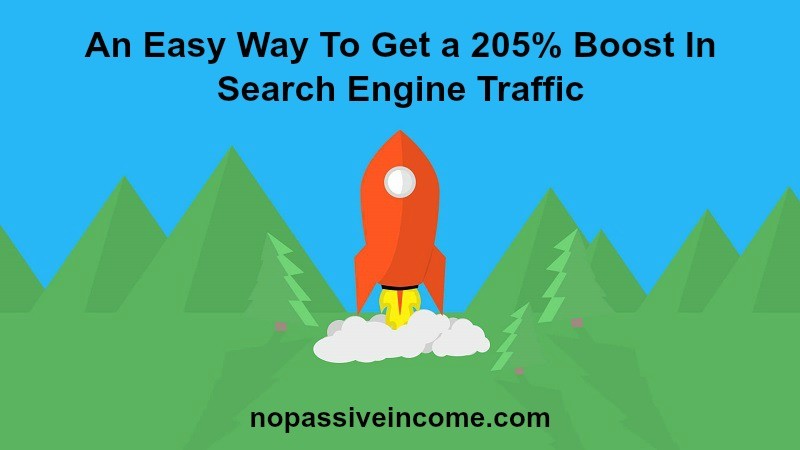
This is very useful. I have been building a new website with SEO in mind and this has helped a lot.
It’s really great post, It’s very knowledgeable post for SEO, How much tips you are given all are very useful, Thanks a lot for this post keep it up.